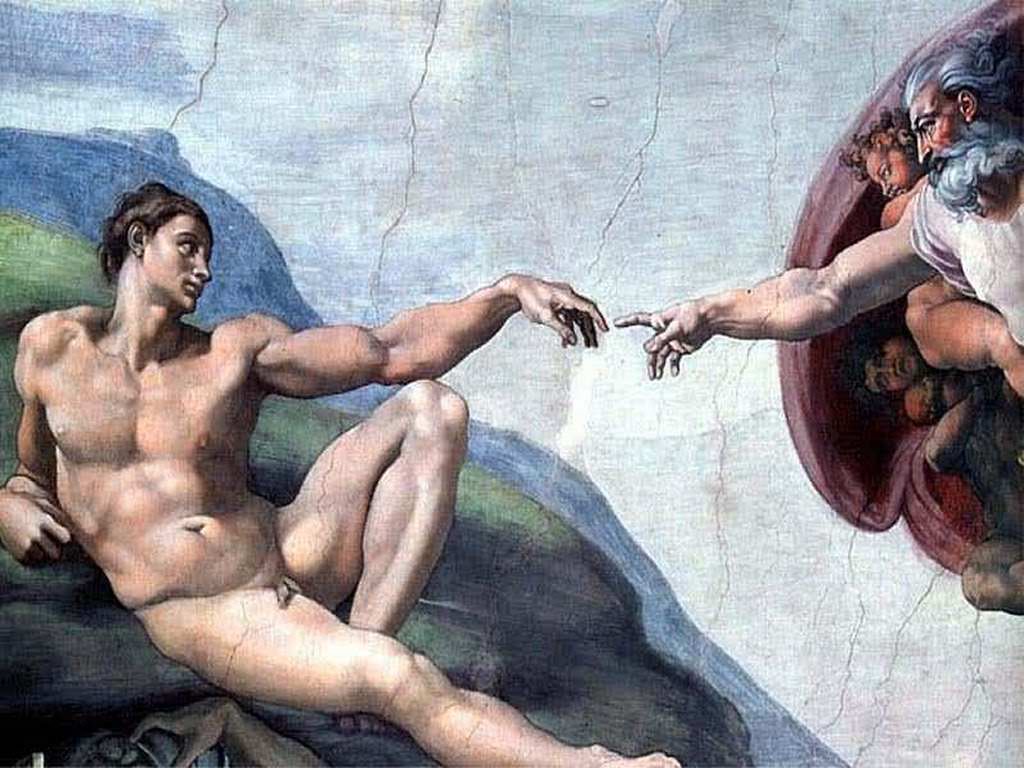The word “nudity”
has a lot of negative connotation, thanks to our broken nature. And thanks to a culture
that’s saturated in sex, the body has been perverted and twisted into an object to be used.
So when we
talk about nude art, it’s common for many to hit a wall and write it off as
disgraceful. Art should keep the body covered! Have some sense of dignity!
Right?
Wrong.
The body,
created by God, is inherently good, and nudity in art is totally aligned with
Theology of the Body. Christopher West, a renowned Theology of the Body writer
and speaker, has an article on his website on this very subject.
He mentions
John Paul II insisted that the loincloths painted over the nude figures in the
Sistine Chapel be removed, saying that it was the “sanctuary of the theology of
the human body”. West quotes John Paul
II, saying this nude art “allows one to concentrate in some way on the whole
truth of man, on the dignity and beauty — even ‘suprasensual’ beauty — of masculinity
and femininity”.
In this age,
we have to fight the culture that distorts the body. Artists, who Benedict XVI
says are the “custodians of beauty”, have the special responsibility to reclaim
the body as God’s masterpiece and to show the dignity of the entire person through
the human form in their artwork. Art is meant to say something to society, and our message should be shooting from the rooftops that God's creation is beautiful and good.
Of course, the
artwork itself must reflect that dignity. It can never be shown
in a sexualized, objectifying manner that reduces the person to a merely sexual being, and the intention behind the work cannot be one of lust.
Rather than showing
only body parts, it should show the entirety of the body, to reflect that the
body is part of the whole person. Pope John Paul II said that pornography is
evil not because it shows too much of a person, but because it shows too little
of the whole person.
While
authentic nude art is beautiful, we need to train ourselves to see the body the
way God does, and to control the part of us that’s been whitewashed. We need to
stop looking at the body the way the world does: as something bad, shameful and
merely sexual.
The person is
more than that. We are body and soul. To reject either one and say that it's bad is to reject God's goodness. Our bodies were created by God and are
therefore good, and bodies became even more glorified when God Himself came and took on a human body to walk among us. When we show the entirety of the body in all its
dignity and glory, as Michelangelo did in the Sistine Chapel or with David, we
glorify God. We recognize his creation for what it is.
The body
belongs to God, not the world. We can start a ripple effect, hoping that at least with our own work, we will slowly help people see the body the way God sees it: purely.


No comments:
Post a Comment